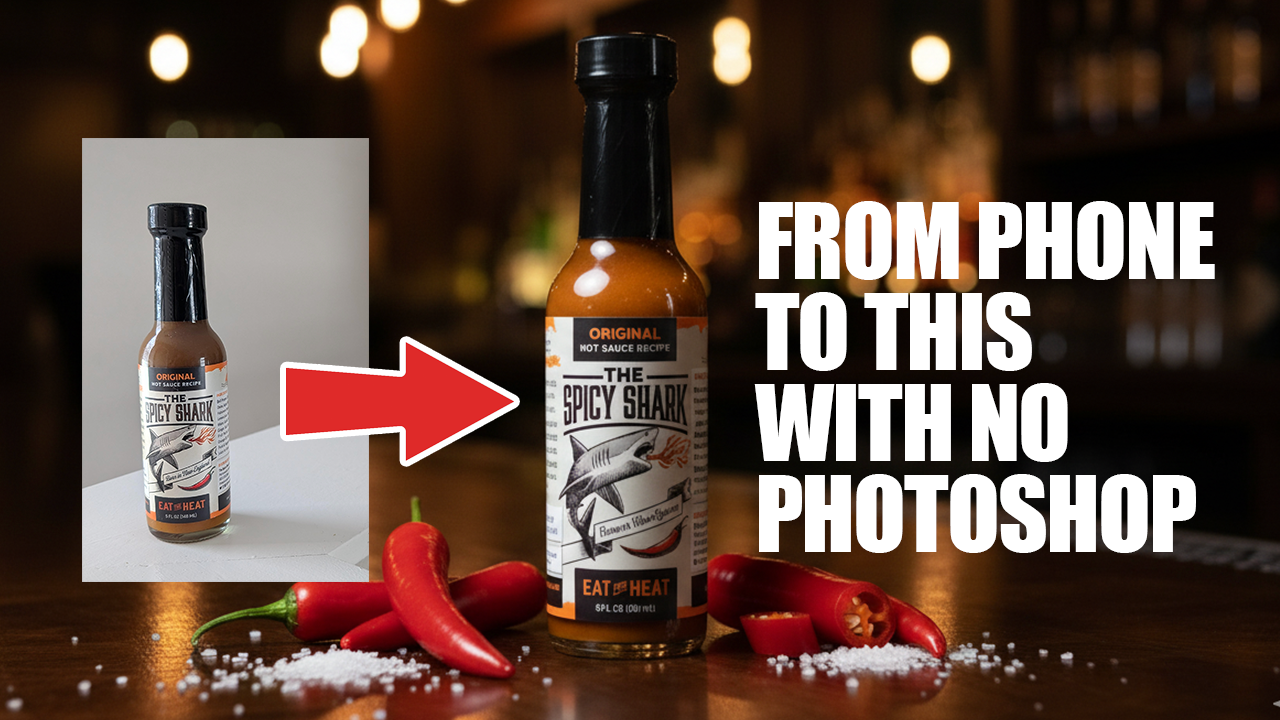How Not to Manage an Email Program: A Cautionary Tale
Roy Bielewicz
Here's a hint: Your entire marketing team should not be dedicated to only producing emails.
I recently had the opportunity to do an in-depth assessment of the marketing program at a mid-size ecommerce company, which we’ll call “Joe’s Java” to protect the innocent. One of the company's primary marketing tactics, email, jumped out at me as fairly unique.
Now, Joe’s has seen steady growth since it started more than a decade ago, so the concern at the company was more about how to continue to grow without significant change, rather than what they could improve to drive exponential growth. That, and the recent sale of the company, have led the company leadership to believe that the tactics they’re employing are by their very nature, right for the company, without looking at supporting data around program performance (i.e., the company sold, so it must be working). This is a common misconception of executives who are trying to transition from “shoot-from-the hip” entrepreneurial to data driven professional marketing programs. In many cases, the leadership at these companies has often managed each marketing program hands-on, guided by gut rather than delegating marketing decisions to subject matter experts who rely on data. In the case of Joe’s, we’ll look at why the “we’ve always done it this way” approach is costing them significant amounts of money.
The Current Program
Joe’s current email program grew on the premise that each new product brought into the company catalogue should have a highly designed email dedicated to promoting that product, and only that product. That’s not necessarily a fundamentally bad idea, but becomes more unmanageable when a company, like Joe’s, begins onboarding literally hundreds of new products each month. It also becomes an issue when some of those products are, let’s say, less than compelling (e.g., generic replacement filters for a coffee maker). One can see how dedicating an email per product quickly becomes unscalable. But wait, there’s more...
Added to that mix, is the fact that Joe’s doesn’t segment emails, or dynamically produce email content. Instead, “segmentation” is accomplished manually by the IT department each day, and involves the brand of coffee that a customer has identified as their preferred brand at some point in the past.
So why is this is a big deal? Well, in the case of Joe’s, it’s means having a double digit team of full time designers and photographers dedicated to manually producing dozens of unique, heavily designed emails per day. That’s right, more than 10 full time resources cranking out multiple manual campaigns that have only minimal segmentation, and potentially no relevance to the customer. On top of that, because the leadership at Joe's has taken a "more must be better" approach to marketing and product selection, customers are receiving upwards of seven or more emails per week, some of which will contain products they may have just purchased, or have no relevance to them.
“ Email marketing can be a powerful tool for increasing increasing repeat sales, ensuring customer loyalty, re-activating dormant customers, and improving customer perception of your brand. For Joe's, a myopic approach to email (and marketing in general) is having the opposite effect.”
It Did What?
Now, that could theoretically make sense if the email program was performing well, right? Maybe. But in this case, it was performing well below industry averages. Joe’s heavily staffed email program is accounting for a small fraction of the company’s online revenue, with conversion rates lower than its acquisition channels.
In its recent white paper, "Email Benchmarks and Trends", email service provider Listrak (www.listrak.com) shows that among its retail clients, email typically accounts for 25% of digital channel revenue, with a conversion rate of 3.69%! Obviously Joe’s email program is far, far from performing at these levels.
Now, in comparison, Joe’s paid media program accounts for nearly a third of the company’s revenue, but is managed part-time by a consultant. That program has over double the conversion rate and a higher ROI than the email program. You read that right, a part-time consultant is producing higher conversion rates, revenue and profits using an acquisition channel, compared to over a dozen full time employees cranking out hundreds of emails a week targeting existing customers.
So what about opt-outs and spam, a savvy email marketing expert might ask? They’re high. Very high. Almost to the point of negating the overall growth of the email list by the acquisition of new customers.
What Steps Should Joe’s Take?
What Joe’s really needs, is a better overall strategy about how it wants to market to its customer base, and what email should really be used for. New product messaging can be very important, but is just one type of messaging. Understanding list segmentation, customer buying behavior, personas, RFM (recency frequency monetary) mix, etc., will help Joe’s to improve customer loyalty, email relevance, and ultimately the lifetime value of the customer’s its acquiring.
Testing, both email content and creative, as well as email landing pages, is also lacking from Joe's program. By making this part of every email campaign, Joe's can expect to see a considerable boost in effectiveness and conversion.
Joe’s should also look at dynamic tools to reduce the manual labor of producing emails, while making the content more relevant to the recipient. Adding triggered emails and automated drip campaigns will also offset the blast-only program that is in place today.
Key Takeaways
Unfortunately, even after seeing the data and the assessment, Joe’s chose to continue its email program as is, largely due to a fear of rocking the boat and a reticence to embrace new technologies. With the size of Joe’s list and its potential revenue from email, that means Joe’s is leaving tens of millions of dollars on the table, and further investing in an email infrastructure and staffing model that’s unsustainable and unscalable. A key point here is that companies like Joe's should not get caught up in “process” or what's worked in the past. Because email has traditionally been one of Joe’s only marketing efforts, the executive team fears making changes to a program that they perceive is “working” when in fact it’s negatively impacting customer lifetime value, brand perception and list size.
Email marketing can be a powerful tool for increasing increasing repeat sales, ensuring customer loyalty, re-activating dormant customers, and improving customer perception of your brand. For Joe's, a myopic approach to email (and marketing in general) is having the opposite effect.
Contact Us





